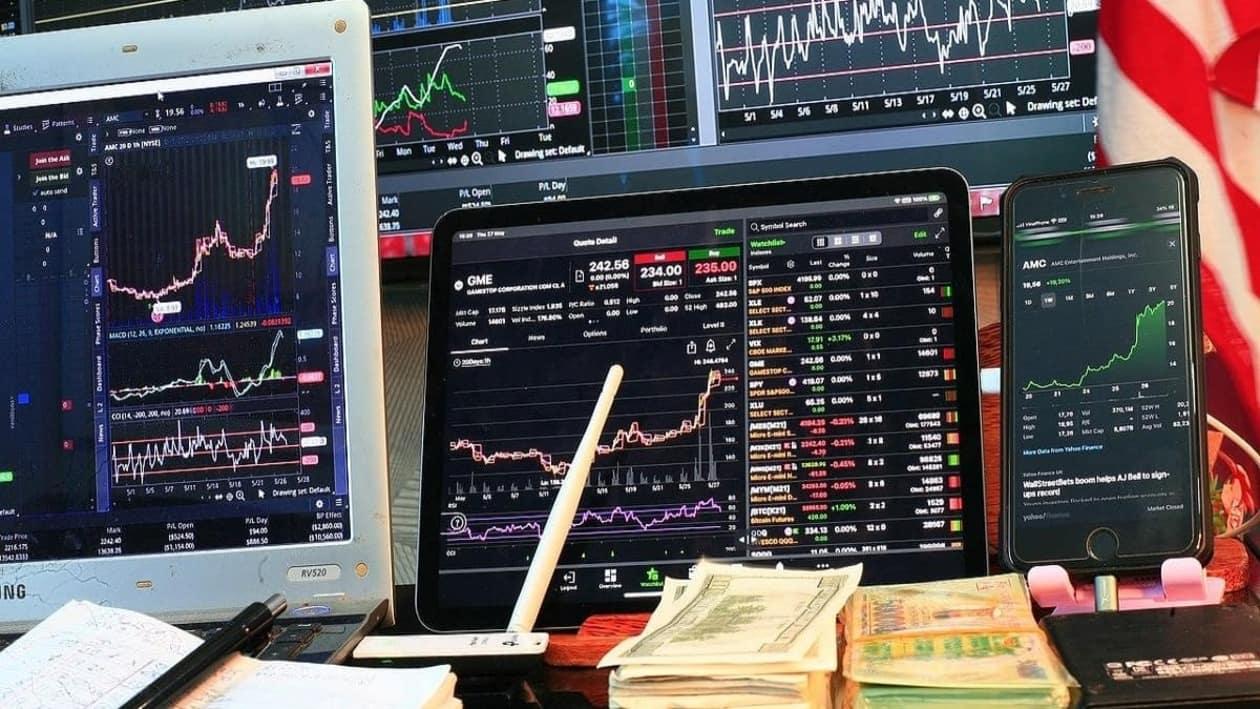Preliminary estimates for August suggest that the trade deficit moderated to US$28.7bn from US$30.0bn in July 2022, led by both exports and imports declining sequentially.
Exports declined by 9% month-on-month (MoM) and 1.1% year-on-year (YoY) to US$33bn, reflecting weak global demand and the effect of various control measures by the government.
Oil exports, which fell by 23% MoM after falling by more than 26% the previous month, continue to feel the impact of the excise duty imposition on refinery exports.
Non-oil exports fell 6.0% MoM, primarily due to the imposition of export duties on iron and steel as well as slowing global demand. Five of the top-10 major commodity exports showed a YoY decline in their growth trajectory; however, electronic goods (50.7% YoY) and rice (42.3% YoY) continued to see healthy growth.
Core imports decline, but gold imports rise ahead of the festive season
Imports grew by 36.8% YoY in August to US$61.7bn; however, growth was negative sequentially (-6.9% MoM). Oil imports fell sharply on a sequential basis (-16.7% MoM) while maintaining the highest share of the total import bill, at 28.5%.
Sequentially, coal imports fell by 12.5% (133.6% YoY), while gold imports increased by 48.4% (-48.0% YoY), ahead of the festive season. Non-oil, non-gold imports (NONG) – a gauge of domestic demand – fell by 5.2% MoM, a potential sign that domestic demand is starting to falter.
Trade deficit likely to remain elevated in the near term
After topping in July, amid the peaking of most of the global commodity complex, the trade deficit remains considerably above US$25bn. This increases the risk of India's current account deficit staying elevated, despite the recent commodity price correction.
We see scope for the trade deficit to remain over US$20-25bn for an extended period, as energy prices (led by oil and coal) remain elevated. But any dramatic rise in oil deficit is unlikely to sustain, given the easing of net export taxes and a possible reduction in domestic demand due to the waning of the peak-summer months.
However, better performance of core imports on a sequential basis YTD also depicts resilient domestic demand, while global demand begins to ease faster. This could pressure CAD for FY23, even as services trade has shown steady trends.
We revise our FY23 CAD/GDP forecast to 3.4% now
For Q1FY23, we see CAD/GDP peaking at the 3.9% high. But consistently-high deficits have added to the risk of CAD staying elevated, despite the recent fall in commodity prices.
While we see scope for the merchandise trade deficit to the range above US$20-25bn in the long term amid still-elevated energy prices (led by oil and coal), we acknowledge that uncertainty remains high.
We now expect a larger trade deficit of US$272bn (US$268bn earlier), which implies that our FY23 CAD forecast stands at US$118bn (3.4% of GDP vs 3.2% earlier). CAD funding pain is likely to linger, as global portfolios continue to reassess positions amid financial tightening & recession fears, thus demanding higher EM risk premia.
FPI (equity) flows ahead would remain negative, but we believe Q4FY23 will see mild inflows, as CY22 bears the front-loaded pain.
On a net basis, even if we assume FDI as sticky, we now see the FY23 BoP deficit soaring to US$67bn (US$61bn earlier) from a surplus of US$47.5bn in FY22.
This implies complementary policy efforts on both the fiscal and monetary fronts, essentially reflecting the looming pain on BoP, funding risks and external imbalances thereof, apart from limitations on the RBI’s FX intervention.
Madhavi Arora is the Lead Economist of Emkay Global Financial Services
Disclaimer: The views and recommendations given in this article are those of the analyst and the broking firm. These do not represent the views of MintGenie.
